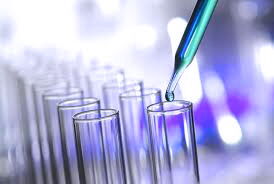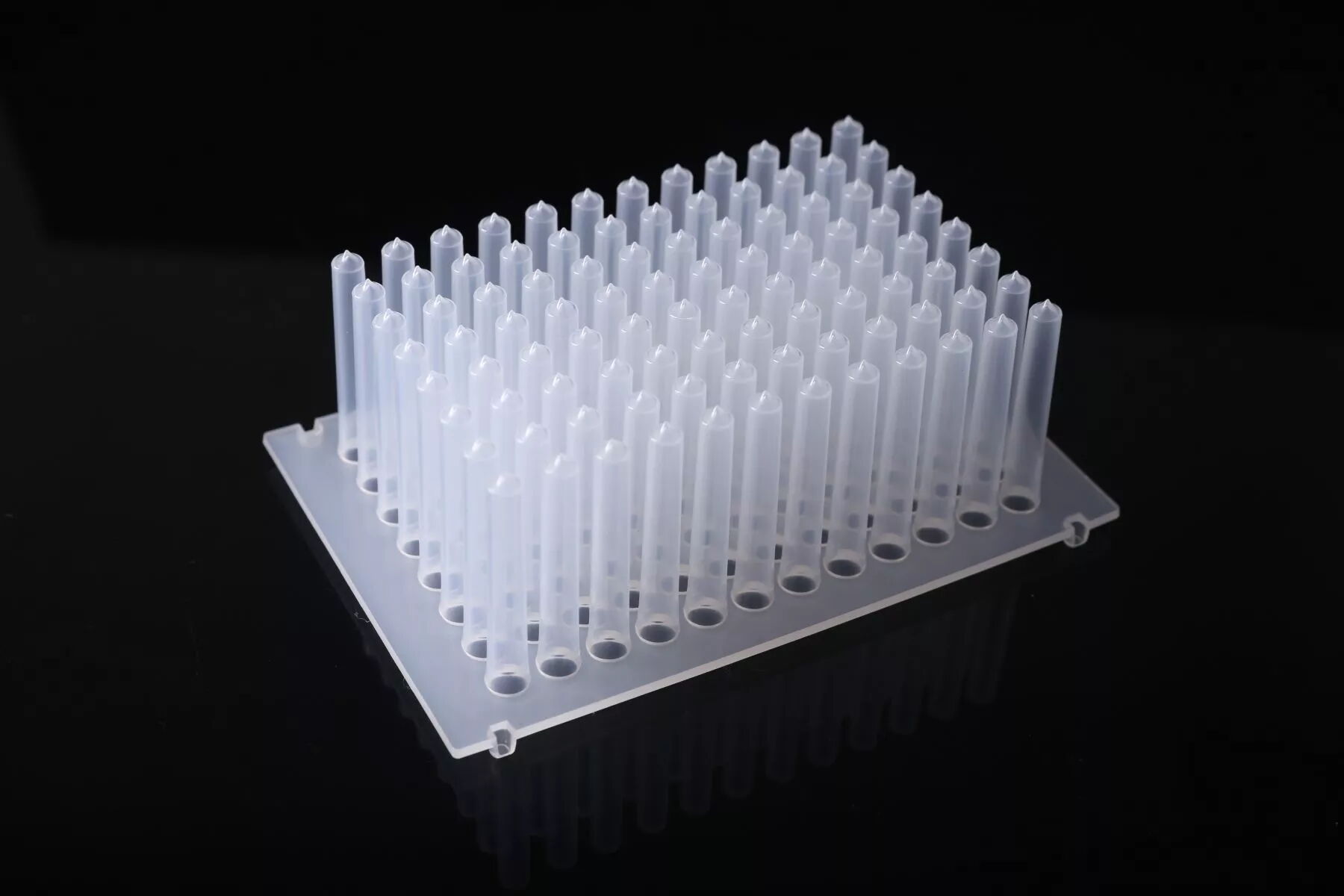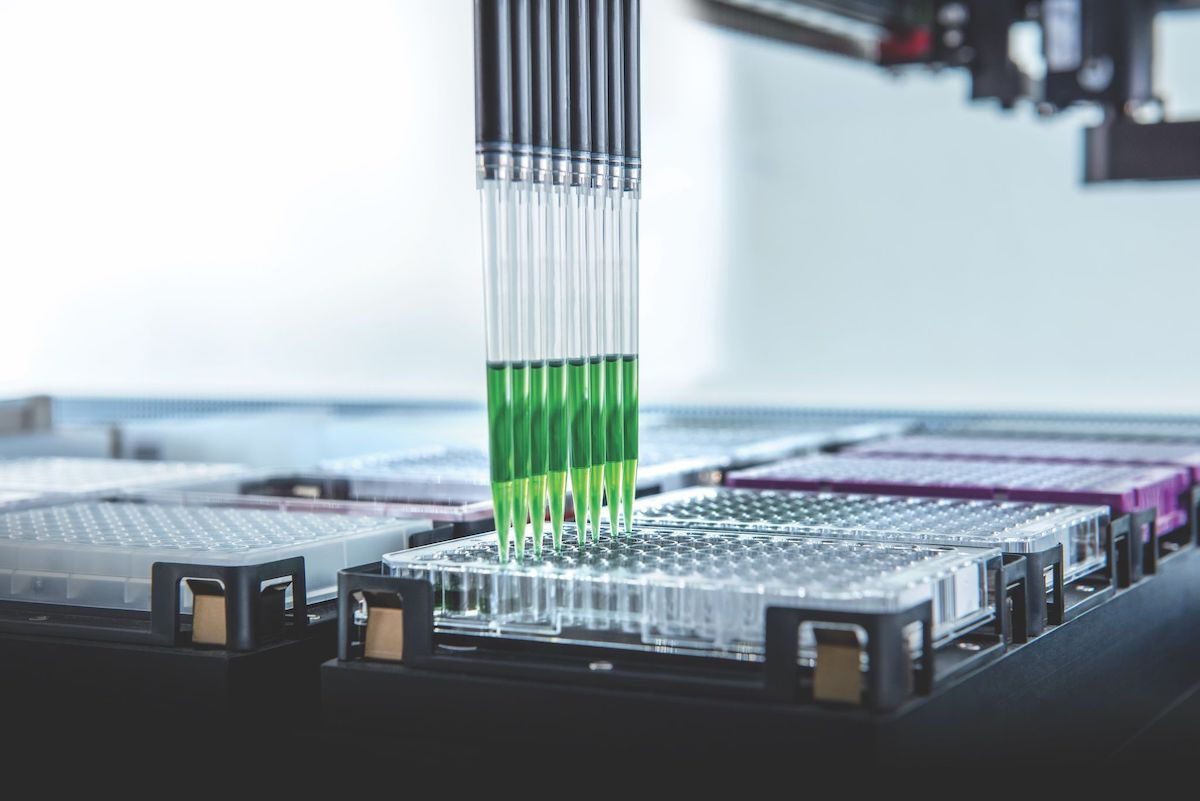How to Sterilize Pipettors?
Nov 30, 2022
Although the pipettor is small, as one of the routine instruments in the laboratory, it still plays an important role in the accuracy of our experimental results. Therefore, to improve our experimental results, this article will talk about how to sterilize pipettors.
There are two methods of pipette disinfection, which are as follows:
Chemical disinfection: Simply put, wipe the outer surface of the pipettor with alcohol and then dry it. This can be done easily. If a certain pipettor cannot be sterilized by chemical disinfection, it can only prove that its shell material is poor.
Ultraviolet disinfection: ultraviolet light is used to irradiate the surface of the pipettor to achieve the purpose of disinfection by damaging the structure of DNA cells. The time of ultraviolet disinfection depends on the intensity of radiation and the resistance of bacteria to ultraviolet light. Most pipettors can be sterilized by ultraviolet light, but you still need to confirm with the manufacturer in advance; not all pipettors can be sterilized by ultraviolet light.
If some pipettors cannot be sterilized by high temperature and high pressure, but need to be used for certain operations such as RNA extraction. If you are worried that the pipettor will be contaminated and affect the experimental results, clean the pipettor head with 75% ethanol. If a pipettor is used to extract RNA, use 75% ethanol without RNase contamination.
Removal of DNA on the pipettor
Dilute the 10X stock solution into 1X buffer solution, and soak the inner and outer sleeves from the lower half of the pipettor removed at a temperature of 95°C for 30 minutes. Rinse the sleeve with distilled water. Dry the sleeve for 60°C, or dry in the air. Coat the surface of the piston with silicone oil and assemble the parts.
Preparation of s washing solution, 10X stock solution:
30.6g of NaCl
39.2g of Glycine
523mL of H2O
Adding 1N HCl to 1000mL
Chengdu Pulse Optics-tec is the best manufacturer of pipette tips, and we supply universal pipette tips and automatic pipette tips for pipettors.
There are two methods of pipette disinfection, which are as follows:
Chemical disinfection: Simply put, wipe the outer surface of the pipettor with alcohol and then dry it. This can be done easily. If a certain pipettor cannot be sterilized by chemical disinfection, it can only prove that its shell material is poor.
Ultraviolet disinfection: ultraviolet light is used to irradiate the surface of the pipettor to achieve the purpose of disinfection by damaging the structure of DNA cells. The time of ultraviolet disinfection depends on the intensity of radiation and the resistance of bacteria to ultraviolet light. Most pipettors can be sterilized by ultraviolet light, but you still need to confirm with the manufacturer in advance; not all pipettors can be sterilized by ultraviolet light.
If some pipettors cannot be sterilized by high temperature and high pressure, but need to be used for certain operations such as RNA extraction. If you are worried that the pipettor will be contaminated and affect the experimental results, clean the pipettor head with 75% ethanol. If a pipettor is used to extract RNA, use 75% ethanol without RNase contamination.
Removal of DNA on the pipettor
Dilute the 10X stock solution into 1X buffer solution, and soak the inner and outer sleeves from the lower half of the pipettor removed at a temperature of 95°C for 30 minutes. Rinse the sleeve with distilled water. Dry the sleeve for 60°C, or dry in the air. Coat the surface of the piston with silicone oil and assemble the parts.
Preparation of s washing solution, 10X stock solution:
30.6g of NaCl
39.2g of Glycine
523mL of H2O
Adding 1N HCl to 1000mL
Chengdu Pulse Optics-tec is the best manufacturer of pipette tips, and we supply universal pipette tips and automatic pipette tips for pipettors.
Previous: Matters Needing Attention When Purchasing Pipette Tips
Next: Quality Management of Pipette Tip Molds


